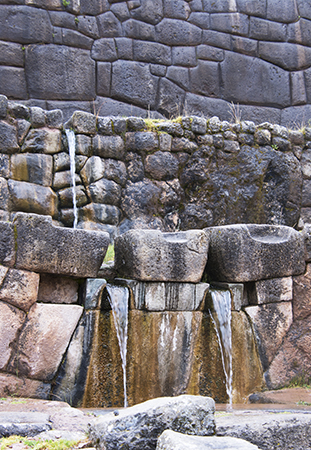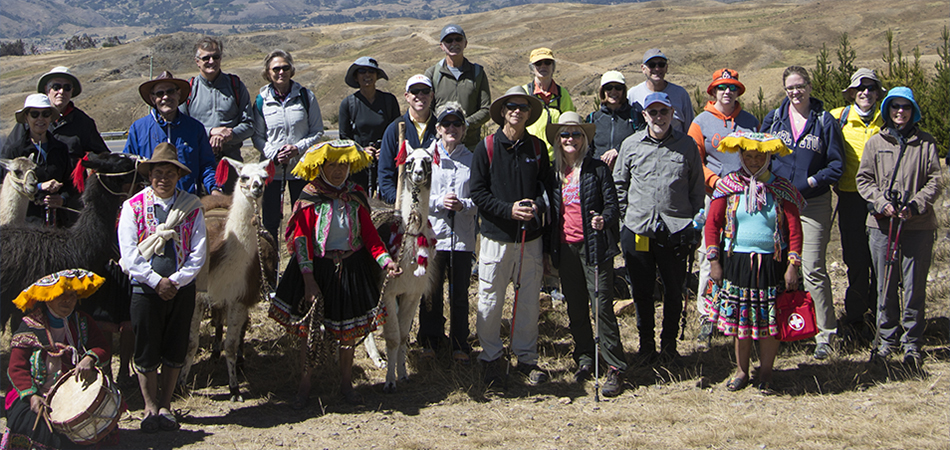machu picchu – prologue
click to read the machu picchu posts
prologue
There have been five destinations that have been out of my comfort-zone. These were – England, Switzerland, Kuala Lumpur, Israel and Sicily.
● I hate all things British and to voluntarily go to England was a big step. And still afterwards, none of my misgivings or prejudices needed correcting. Outside of the grand palaces, England was littered with tiny houses and tiny spaces; the highway shoulders were strewn with garbage; the food was terrible; Oxford was a warren; Stonehenge polluted by the car-noise from the A303; and London had none of the grandeur of a Paris or a Rome.
● Switzerland was never on my radar, but the trip was a great experience. The place was super clean and the mountains were majestic. We took a gondola up into the Alps and it was truly surreal – going through the clouds, suspended above snow-covered peaks. There’s a famous family-photo of me and Mim, in our matching sweaters, at the restaurant at the top the mountain where the gondola dropped us off. It’s the iconic photo from the trip.
 ● Went to Kuala Lumpur, reluctantly, for an Internet conference. Back then, the Common Knowledge: Pittsburgh project was the only example, world-wide, of school-kids having Internet access. And Rick and I were invited to talk about the Internet in schools. The place was an experience is contrasts – American style highways, American style suburbs, American skyscrapers, American hotels all floating in an equatorial, colonial soup. Whoa!
● Went to Kuala Lumpur, reluctantly, for an Internet conference. Back then, the Common Knowledge: Pittsburgh project was the only example, world-wide, of school-kids having Internet access. And Rick and I were invited to talk about the Internet in schools. The place was an experience is contrasts – American style highways, American style suburbs, American skyscrapers, American hotels all floating in an equatorial, colonial soup. Whoa!
● The Wertheimers took me along on their trip to Israel and it turned out to be one of my favorite places. The country is ethereal, intense, scary, inconsistent. I loved the food; breakfast at the kibbutz was great; the date syrup was worth every calorie. The winds in the Judean desert echoed the music of the spheres; and in Wadi Rumm, we heard the sounds of silence.
● If you’re Calabrese and an immigrant, then Sicily is a place to avoid. It’s the land of Mafia. And it’s a people that you, as a Calabrese, are better than. I was 65 by the time I made it to Sicily. What an amazing place. It has a dynamic culture, a creative class, a beautiful landscape. But best of all, is its attitude towards political and Catholic Rome. The Sicilians look northward and raise their middle fingers. How can you not love a people that have blocked every effort to connect their island to the mainland via bridge; that have shuttered over 60% of their churches?
And now, I’m getting ready to add a sixth destination to my list. Bitonti and I are heading to South America, to Peru, to the Sacred Valley of the Incas, to Machu Picchu.
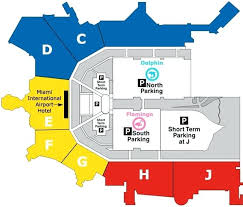
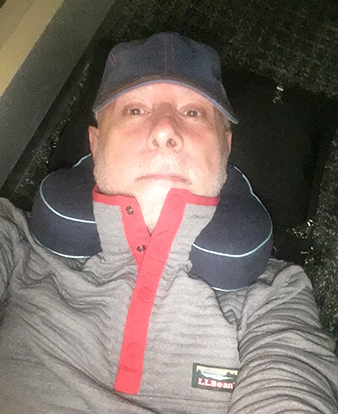
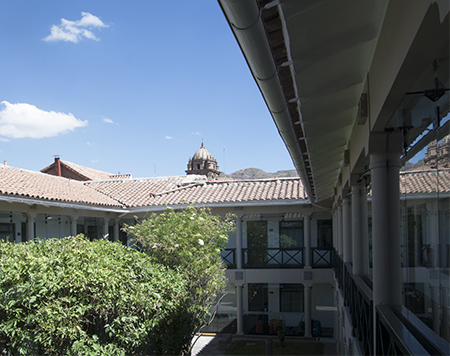
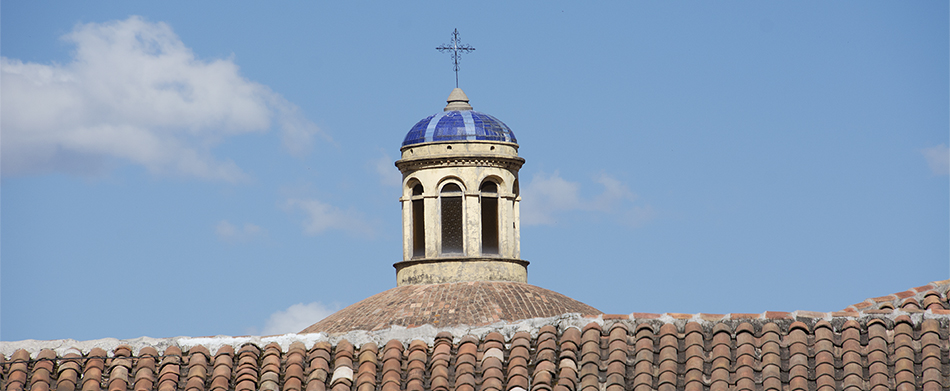
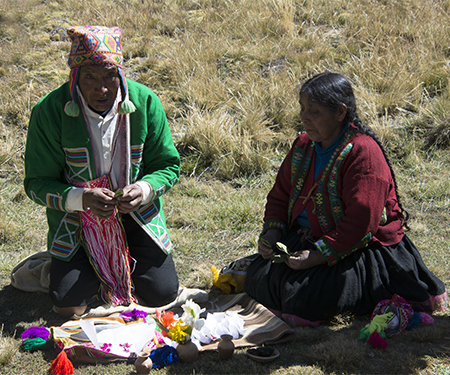

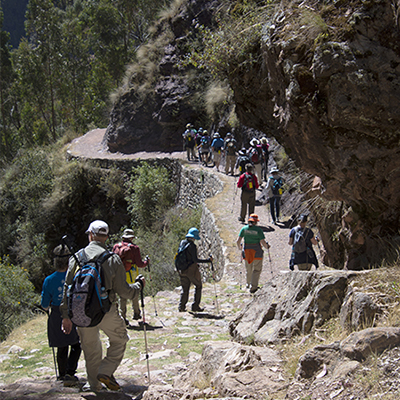
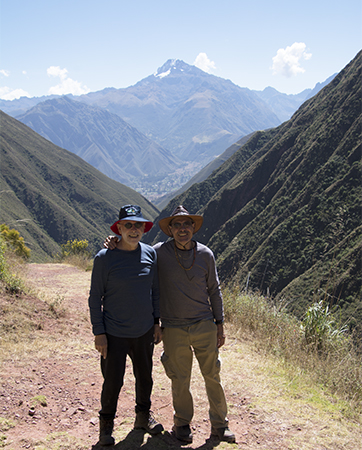
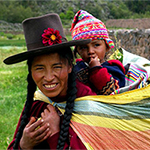 Apparently, each town or district still has its own hat-maker and he makes the unique hats for the people of his community. The unique hats designate what section, of the area, a person is from. (I didn’t need it to have a flower.)
Apparently, each town or district still has its own hat-maker and he makes the unique hats for the people of his community. The unique hats designate what section, of the area, a person is from. (I didn’t need it to have a flower.)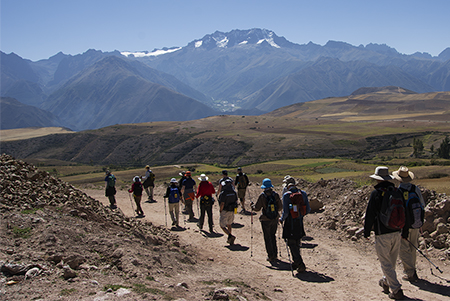
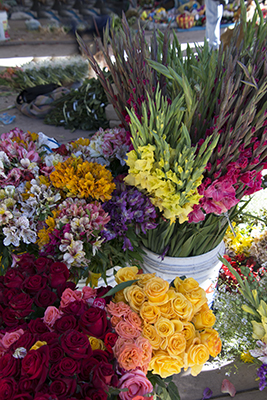
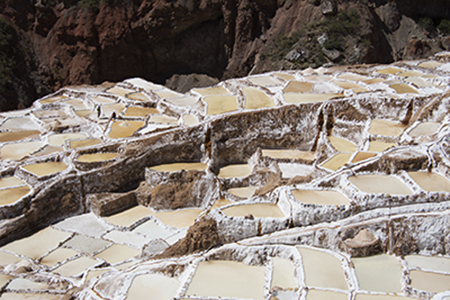
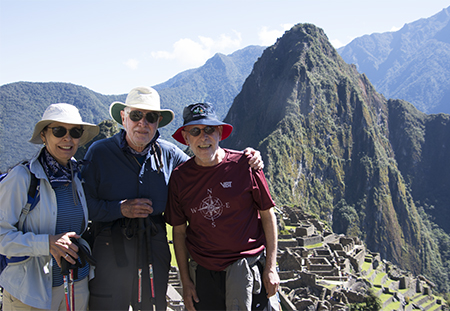
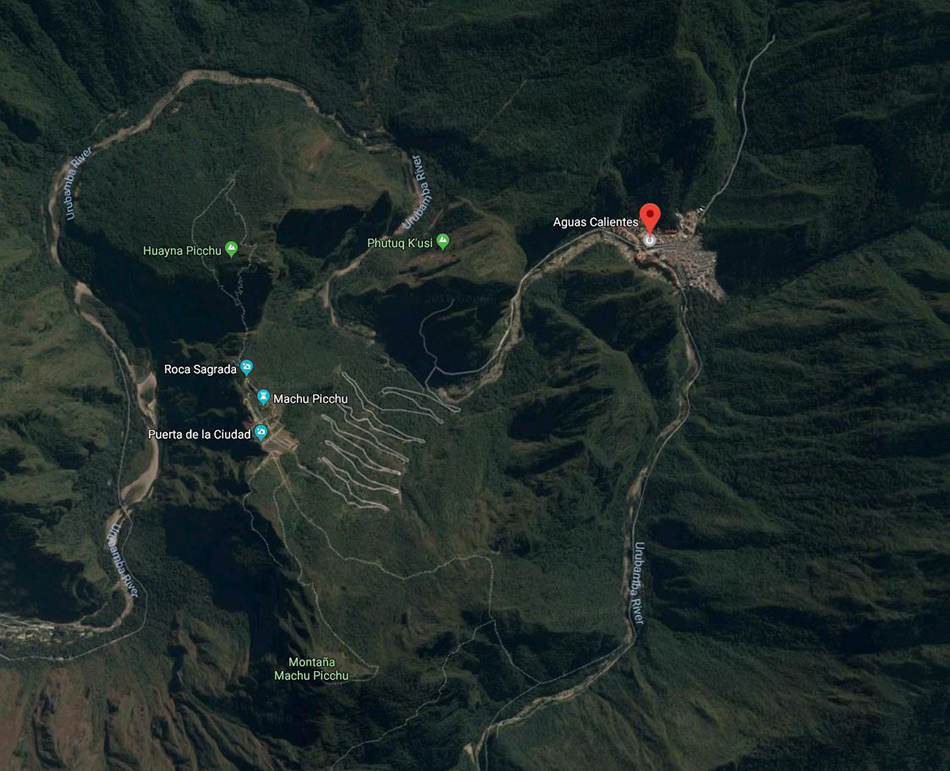
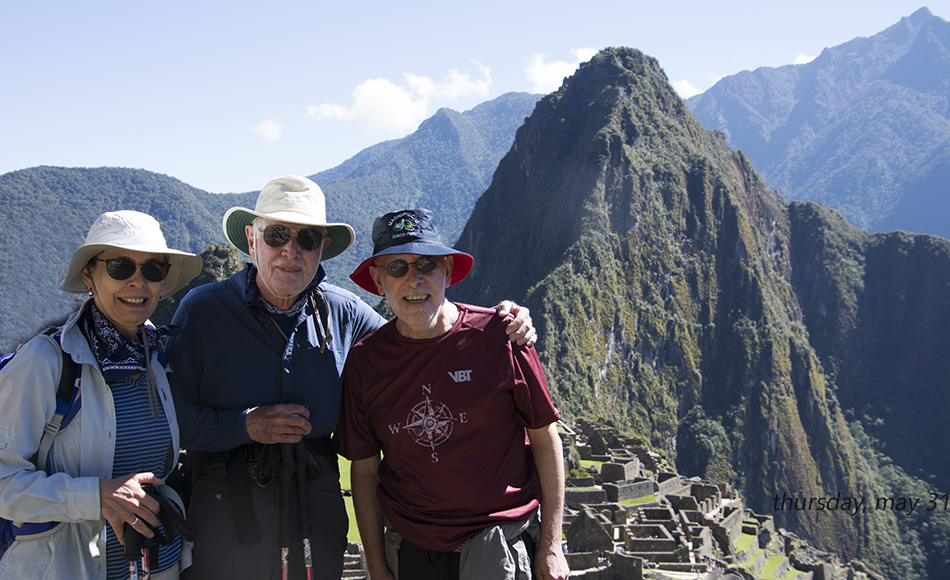
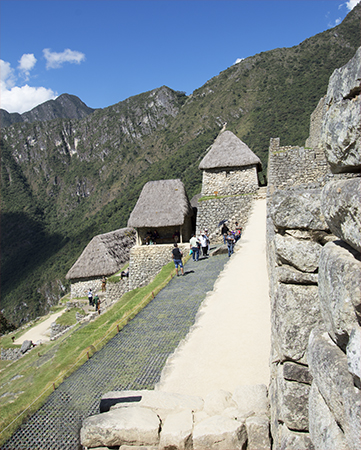
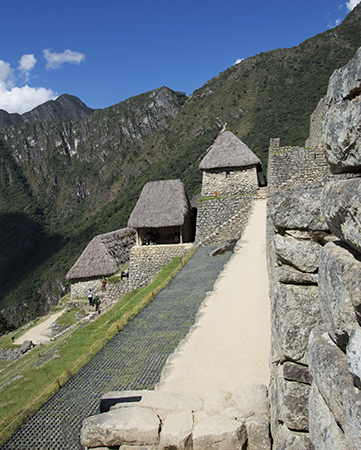
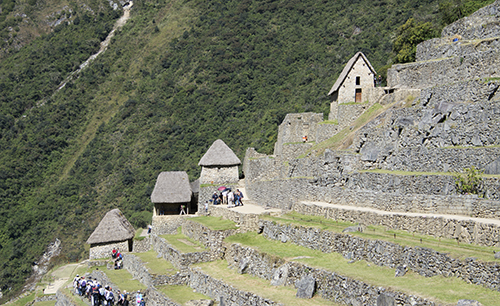 The ruins take their name from the mountain – Machu Picchu; no one knows what the Incas called the settlement, because there are no written accounts.
The ruins take their name from the mountain – Machu Picchu; no one knows what the Incas called the settlement, because there are no written accounts. 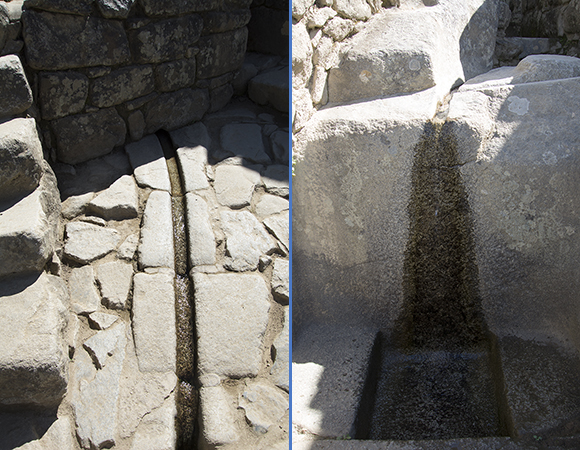
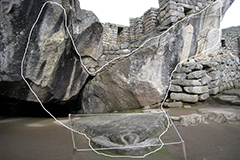
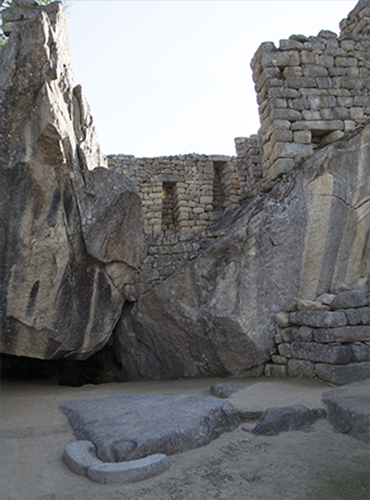
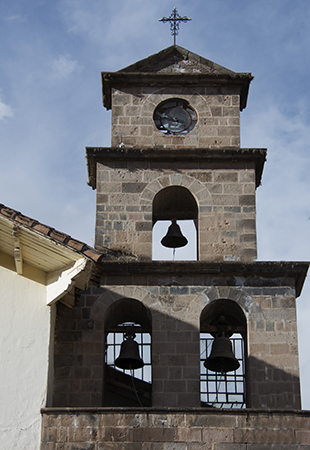
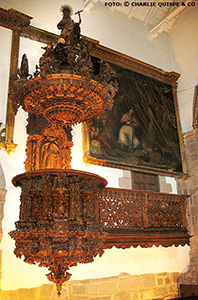 We got dropped off in the artisan section and we walked the narrow cobblestone streets of the old city to San Blas church. The attraction in the church was an elaborately carved pulpit. The Archdiocese in Lima has ruled that no photographs are allowed in any church. The image on the left is from online and from a time when you could take photographs inside a church. (The story the guide told us is that the Archdiocese is afraid thieves will come and steal the valuable artifacts if they are photographed and put where anybody and everybody can see the treasured housed in the Peruvian churches.)
We got dropped off in the artisan section and we walked the narrow cobblestone streets of the old city to San Blas church. The attraction in the church was an elaborately carved pulpit. The Archdiocese in Lima has ruled that no photographs are allowed in any church. The image on the left is from online and from a time when you could take photographs inside a church. (The story the guide told us is that the Archdiocese is afraid thieves will come and steal the valuable artifacts if they are photographed and put where anybody and everybody can see the treasured housed in the Peruvian churches.) 